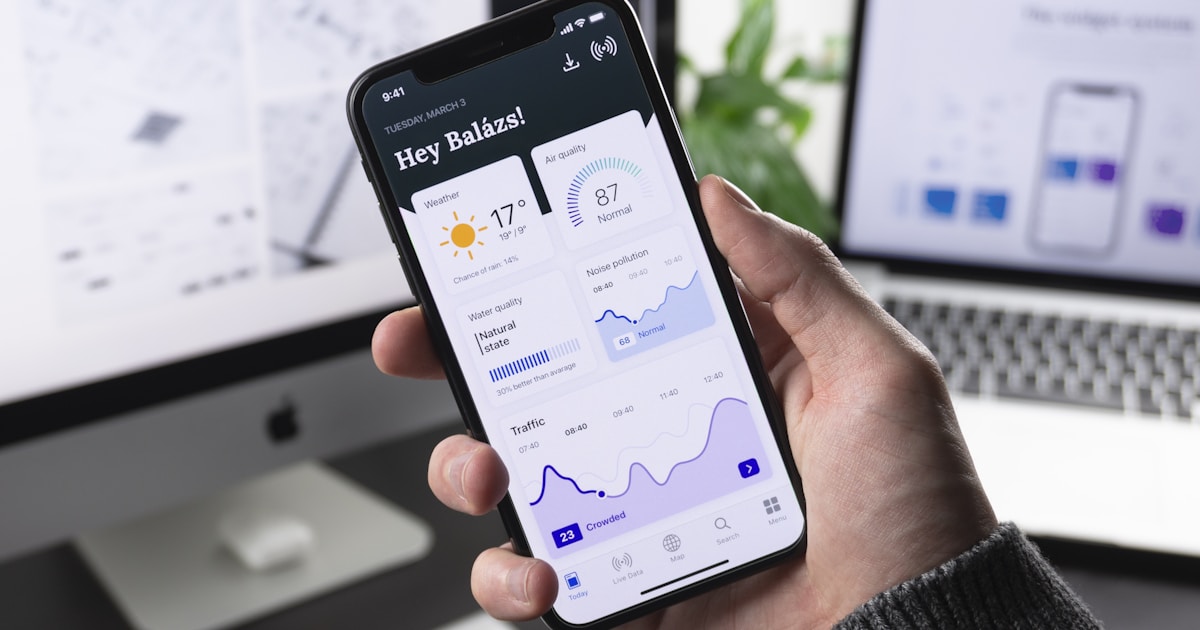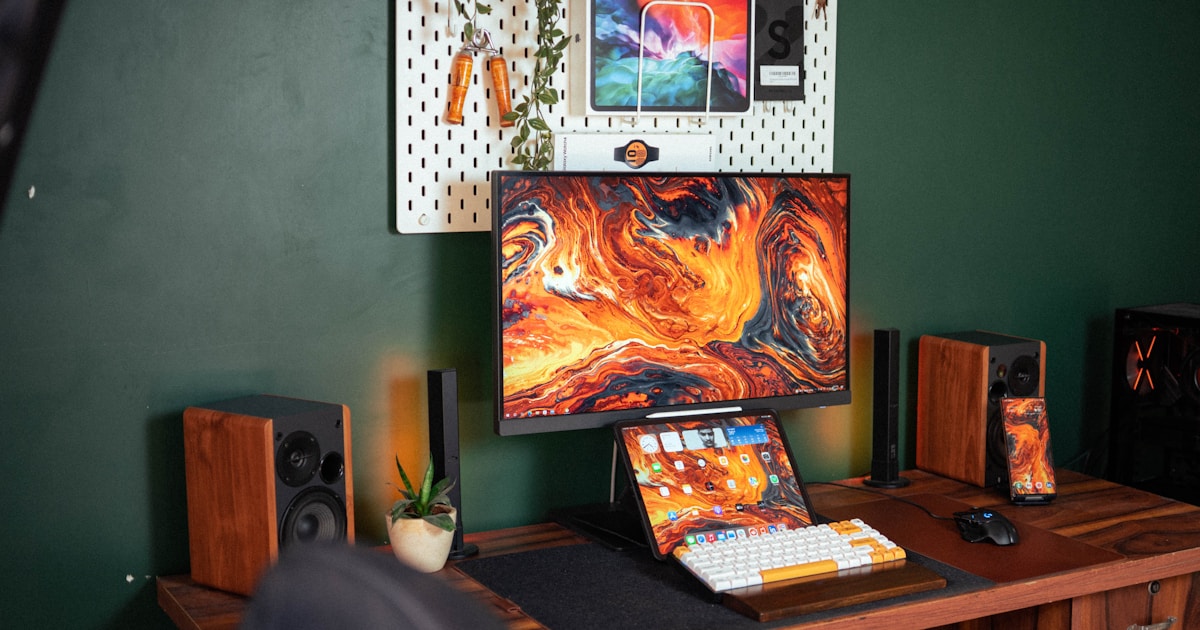Design Systems That Scale: Beyond Components

Design systems have become the backbone of modern product development, but too many teams treat them as static component libraries. The most successful design systems are living, breathing organisms that evolve with your product and team. Here’s how to build systems that truly scale.
The Evolution of Design Systems
When I first started working with design systems, the focus was primarily on visual consistency. We created style guides, documented components, and ensured everything looked cohesive. But as products grew in complexity, I realized that visual consistency was just the beginning.
Beyond Components: The Four Pillars
1. Design Tokens
Design tokens are the atomic elements of your design system—colors, typography, spacing, and other design decisions. They’re the foundation that everything else builds upon.
Why they matter:
- Enable consistent theming across platforms
- Make design changes scalable and maintainable
- Bridge the gap between design and development
2. Component Architecture
Components are the building blocks, but how you structure them determines their longevity and flexibility.
Key principles:
- Composition over configuration: Build flexible components that can be combined in different ways
- Progressive enhancement: Start simple and add complexity as needed
- Clear boundaries: Define what each component is responsible for
3. Documentation and Guidelines
Your design system is only as good as its documentation. This isn’t just about how to use components—it’s about when and why to use them.
Essential documentation:
- Usage guidelines and best practices
- Accessibility requirements
- Design principles and rationale
- Code examples and implementation notes
4. Governance and Evolution
A design system without governance becomes a mess. You need clear processes for:
- Adding new components
- Updating existing ones
- Deprecating outdated elements
- Managing contributions from different teams
Building for Scale
Start Small, Think Big
Begin with your most critical components and user flows. Don’t try to document everything at once—focus on the 20% of components that are used 80% of the time.
Design for Flexibility
The best design systems are opinionated but flexible. They provide clear guidance while allowing for customization when needed.
Measure and Iterate
Track how your design system is being used:
- Which components are most popular?
- Where are teams creating custom solutions?
- What’s causing friction in adoption?
Common Pitfalls
1. Over-Engineering
Don’t create components for every possible use case. Start with the most common patterns and expand as needed.
2. Ignoring Context
Components don’t exist in isolation. Consider how they work together and in different contexts.
3. Lack of Maintenance
Design systems require ongoing maintenance. Without proper governance, they quickly become outdated and unused.
The Human Element
The most important aspect of any design system is the people who use it. Invest in:
- Training and onboarding: Help teams understand how to use the system effectively
- Community building: Create spaces for teams to share feedback and learn from each other
- Regular communication: Keep everyone informed about updates and changes
Looking Forward
Design systems are evolving beyond just design and development. The future includes:
- AI-assisted design: Using machine learning to suggest components and patterns
- Automated testing: Ensuring components work across different contexts
- Cross-platform consistency: Maintaining design coherence across web, mobile, and other platforms
The Bottom Line
A successful design system is more than a collection of components—it’s a shared language that enables teams to build better products faster. When done right, it becomes an integral part of your product development process, not just a nice-to-have addition.
The key is to start with the basics, focus on your users (both internal and external), and be prepared to evolve. Your design system should grow with your product and team, not hold them back.
What challenges have you faced with design systems? How has your approach evolved over time? I’d love to hear about your experiences and continue the conversation.


